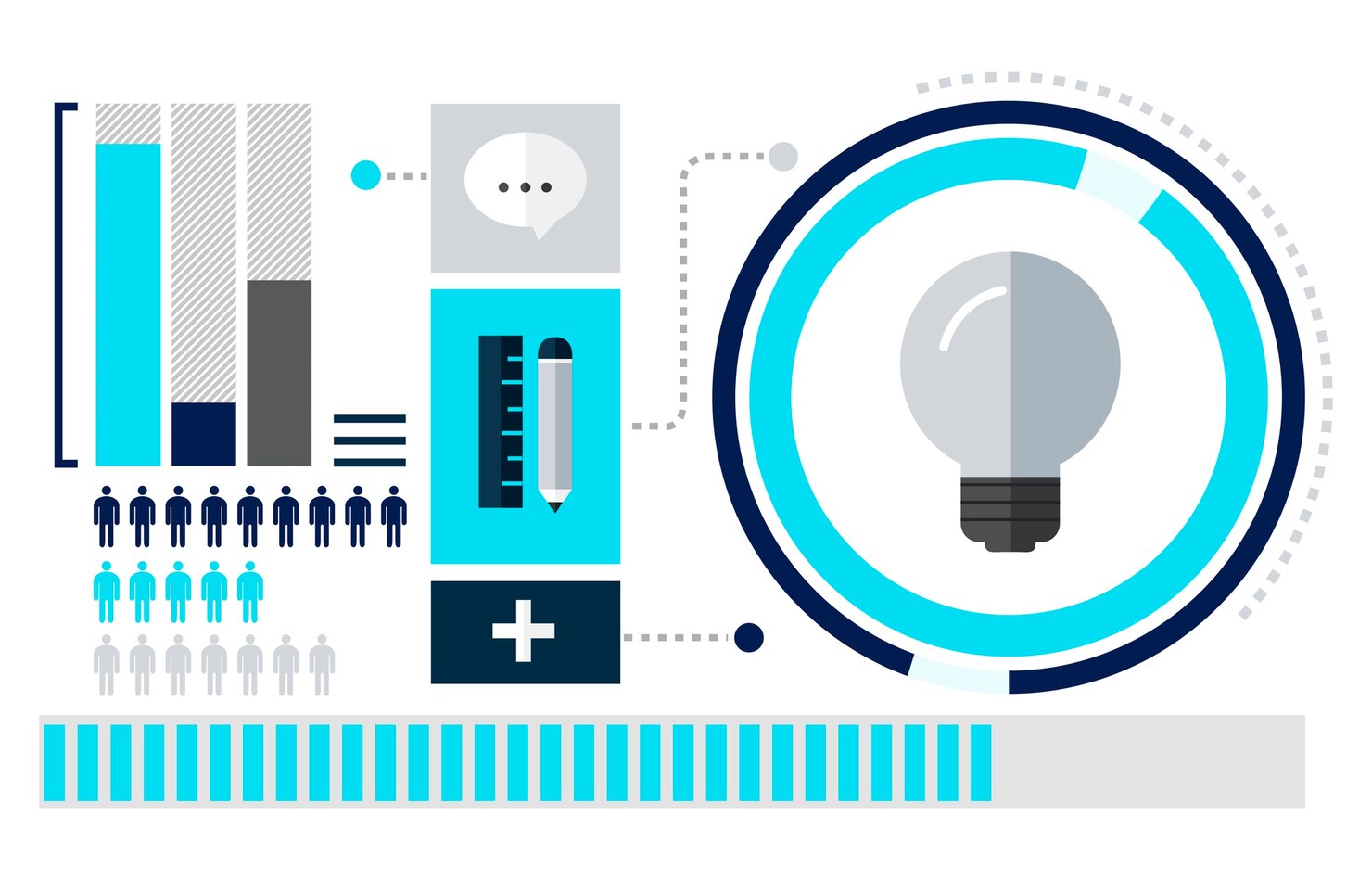Pressure transmitters are transforming industrial engineering by improving operational efficiency. These devices provide crucial data to streamline processes and reduce costs. This blog post explores their benefits and their potential as game-changers for industrial engineers and plant managers.
What Are Pressure Transmitters?
Pressure transmitters are sensors that measure the pressure of gases or liquids and convert this data into an electrical signal. This signal can then be used for monitoring and control purposes. Understanding the fundamentals of pressure transmitters is essential for anyone involved in industrial operations.
Pressure transmitters are used in various industries, including oil and gas, chemical processing, and manufacturing. They help ensure processes run smoothly by providing real-time data on pressure levels. This data is crucial for maintaining optimal conditions and avoiding potential issues.
One of the primary reasons pressure transmitters are so valuable is their ability to provide accurate and reliable measurements. In industrial settings, even minor deviations from ideal pressure levels can have significant consequences. By constantly monitoring pressure, these devices help maintain safe and efficient operations.
Enhancing Operational Efficiency with Pressure Transmitters
The benefits of using pressure transmitters in industrial settings are numerous. They play a critical role in enhancing operational efficiency, which is vital for maintaining competitiveness in today’s market.
Firstly, pressure transmitters help reduce downtime. By providing real-time data, they allow plant managers to identify and address potential issues before they escalate. This proactive approach helps minimize interruptions and keeps operations running smoothly.
Another significant benefit is improved safety. Maintaining proper pressure levels is crucial for preventing accidents and ensuring the safety of workers. Ultrasonic level sensors and pressure transmitters provide the necessary data to ensure that pressure remains within safe limits, reducing the risk of hazardous incidents.
Furthermore, the use of pressure transmitters can lead to cost savings. By optimizing processes and reducing downtime, these devices help lower operational costs. In a competitive industry, any opportunity to save money is invaluable.
Selecting the Right Pressure Transmitter
Choosing the right pressure transmitter for your specific application is crucial for maximizing its benefits. There are several factors to consider when making this decision.
First, consider the type of pressure you need to measure. Different pressure transmitters are designed for different types of pressure, such as absolute, gauge, or differential pressure. Understanding your specific needs will help you select the most suitable device.
Next, consider the environment in which the pressure transmitter will operate. Factors such as temperature, humidity, and exposure to chemicals can affect the performance and lifespan of the device. Ensure you choose a pressure transmitter that is designed to withstand the conditions of your industrial setting.
Finally, consider the accuracy and reliability of the pressure transmitter. Look for devices from reputable manufacturers that have a proven track record of delivering precise and dependable measurements. Investing in a high-quality pressure transmitter will pay off in the long run by providing reliable data and reducing maintenance costs.
Future Trends in Pressure Transmitter Technology
The field of pressure transmitter technology is continuously evolving. Staying informed about future trends can help you make strategic decisions for your operations and stay ahead of the competition.
One emerging trend is the integration of IoT (Internet of Things) technology with pressure transmitters. This allows for remote monitoring and control, providing even greater flexibility and efficiency. IoT-enabled pressure transmitters can be integrated into a larger network of devices, providing a comprehensive view of your operations.
Another trend is the development of smart pressure transmitters. These devices use advanced algorithms and machine learning to provide more accurate and insightful data. Smart pressure transmitters can detect anomalies and predict potential issues before they occur, further enhancing efficiency and safety.
Sustainability is also a growing focus in pressure transmitter technology. Manufacturers are developing eco-friendly devices that are more energy-efficient and have a smaller environmental footprint. By adopting these sustainable solutions, industries can reduce their environmental impact while maintaining high levels of efficiency.
Conclusion
Pressure transmitters are indispensable tools for industrial engineers and plant managers. They provide critical data that enhances operational efficiency, improves safety, and reduces costs. By understanding the benefits of pressure transmitters and staying informed about future trends, you can make strategic decisions that drive success in your operations.







